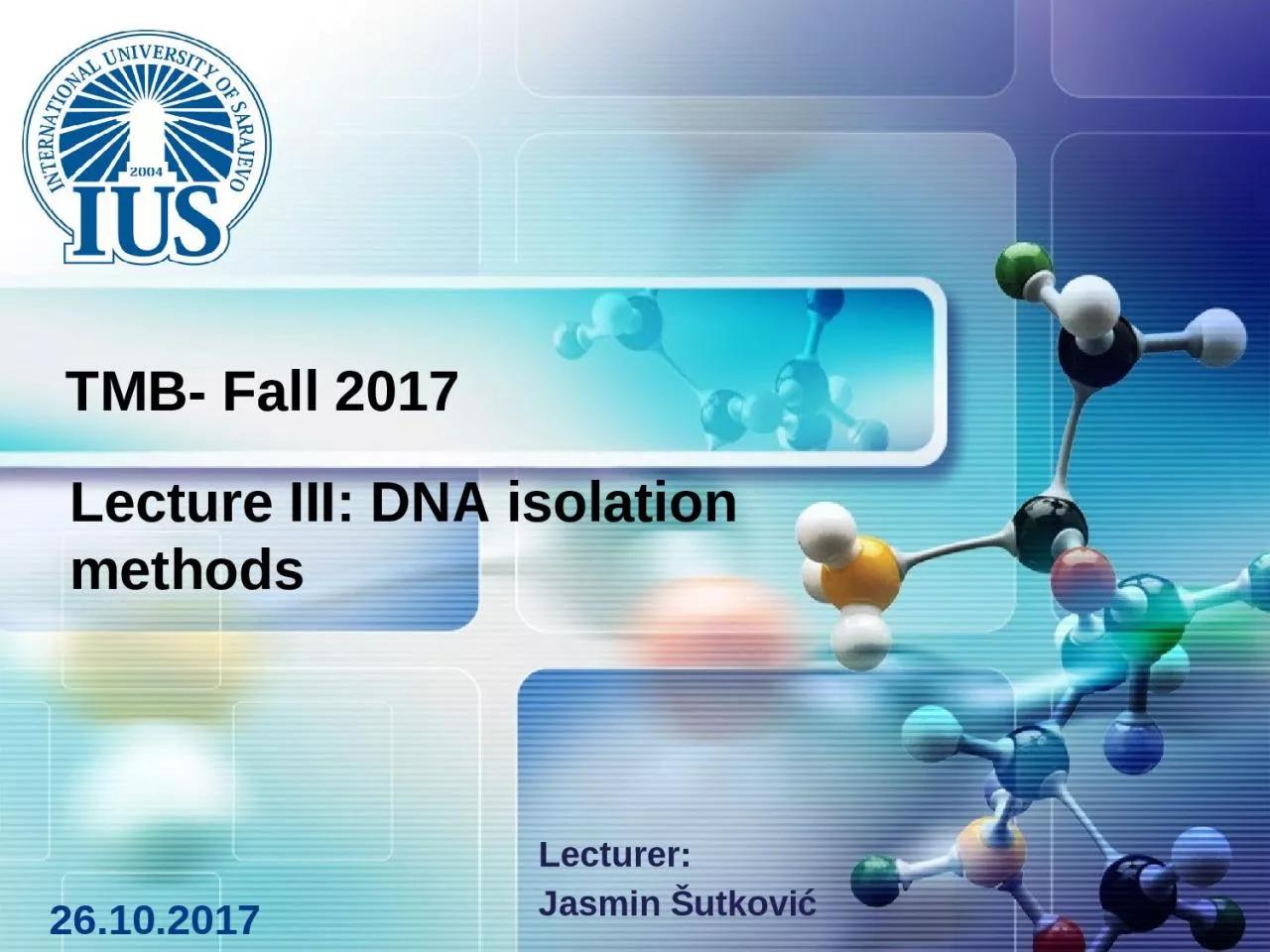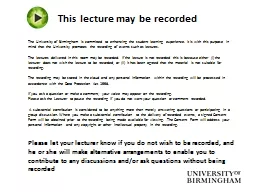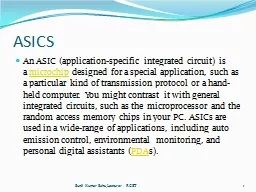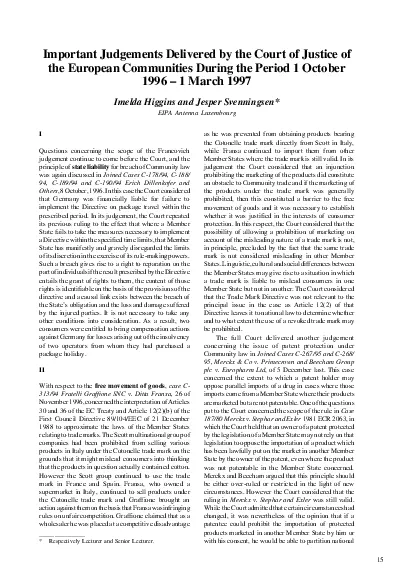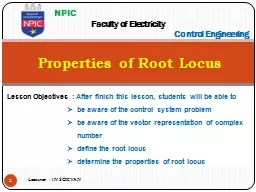PPT-Lecturer: Jasmin Šutković
Author : abigail | Published Date : 2024-01-29
26102017 TMB Fall 2017 Lecture III DNA isolation methods How Can We Recover DNA From a Variety of Sources of Biological Evidence Blood Semen Saliva Urine Hair wRoot
Presentation Embed Code
Download Presentation
Download Presentation The PPT/PDF document "Lecturer: Jasmin Šutković" is the property of its rightful owner. Permission is granted to download and print the materials on this website for personal, non-commercial use only, and to display it on your personal computer provided you do not modify the materials and that you retain all copyright notices contained in the materials. By downloading content from our website, you accept the terms of this agreement.
Lecturer: Jasmin Šutković: Transcript
Download Rules Of Document
"Lecturer: Jasmin Šutković"The content belongs to its owner. You may download and print it for personal use, without modification, and keep all copyright notices. By downloading, you agree to these terms.
Related Documents

